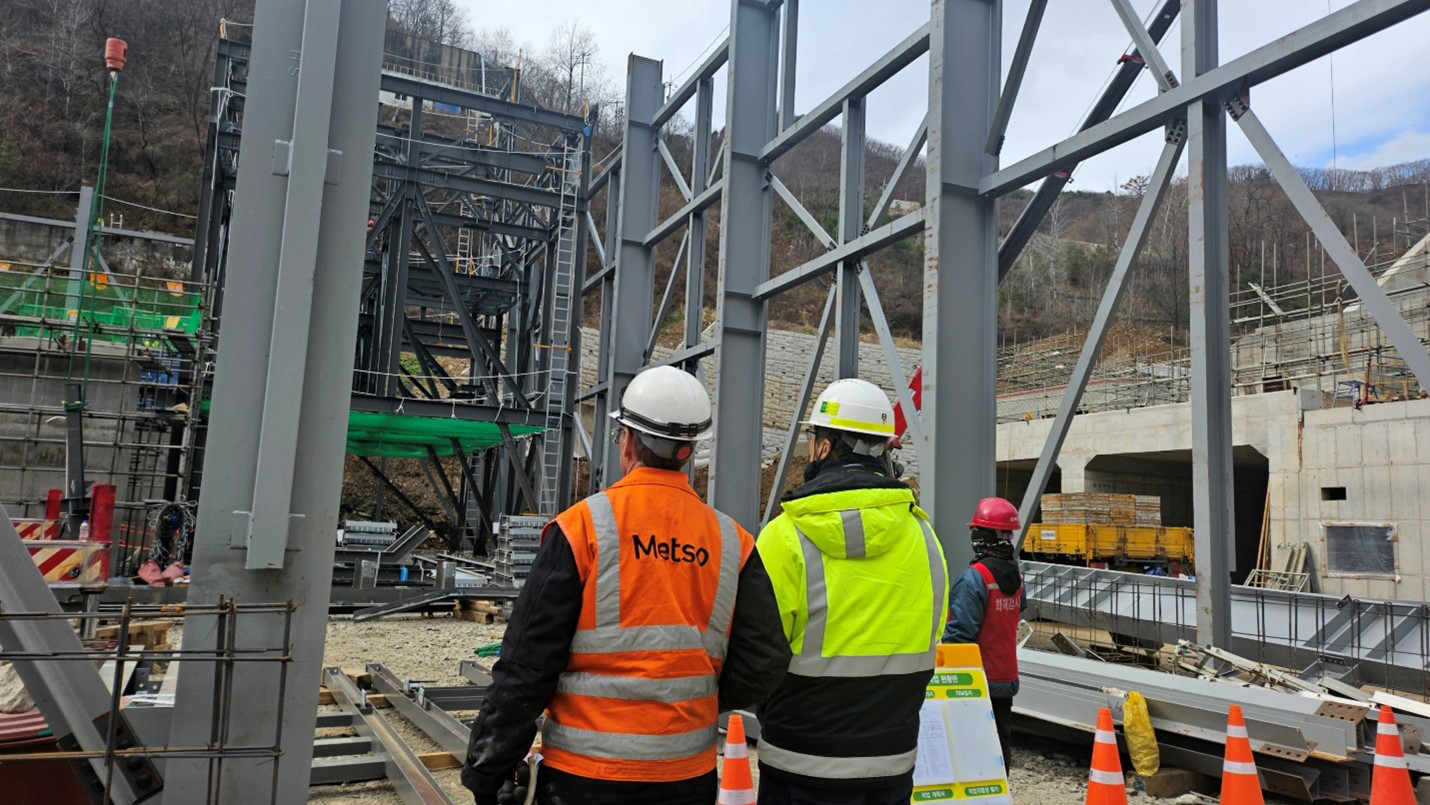By John Kemp
LONDON, March 21 (Reuters) – Global petroleum inventories are only slightly below the long-term seasonal average but futures prices have already moved into a steep backwardation as traders anticipate they will deplete further over the rest of 2024.
OECD commercial inventories of crude oil and refined products are estimated to have been around 75 million barrels (-3% or -0.48 standard deviations) below the prior ten-year seasonal average at the end
The U.S. Energy Information Administration’s “Short-Term Energy Outlook, shows the deficit has changed very little since March 2023 despite some fairly significant swings in spot prices and calendar spreads.
Extra production cuts by Saudi Arabia and its OPEC⁺ allies have been offset by faster-than-anticipated growth in non-OPEC output, mostly from the United States, Canada, Brazil and Guyana.
Petroleum consumption has continued to increase steadily in line with its long-term trend despite the prolonged slowdown in manufacturing and freight activity across North America, Europe and China.
SPOT VERSUS SPREAD
Front-month futures prices for the benchmark Brent contract have averaged around $84 per barrel so far in March, almost exactly in line with the long-term average since the start of the century, once inflation is taken into account.
Average front-month prices have risen modestly from the recent low of $78 per barrel in December, which was in the 43rd percentile for all months since 2000 in real terms.
Nearly all the price increases have been concentrated in the contracts nearest to delivery, with little or no change in prices for deliveries in 2025 and beyond.
Calendar average futures prices for Brent delivered in equal instalments over the course of 2025 have averaged $76 so far in March up only slightly from $74 in December.
The relative increase in nearby futures prices has pushed the market structure into an increasingly steep backwardation.
Front-month prices have traded at an average premium of almost $4 over contracts for delivery six months later so far in March (91st percentile).
The six-month calendar spread has strengthened significantly from an average of just 42 cents per barrel (43rd percentile) in December.
PRODUCTION RESTRAINT
Such a steep backwardation would normally be associated with inventories that are already low and rapidly depleting. The rapid move would also normally be associated by a larger increase in spot prices.
In this instance, however, traders seem to be anticipating a much larger depletion of inventories over the rest of the year rather than any current tightness in the market.
Traders are reacting to signals that Saudi Arabia and its OPEC+ allies will extend their cuts through the middle of year and beyond, even if consumption remains robust and inventories draw down significantly.
Price rises mostly in nearby contracts imply the market is responding to the anticipated restriction of production rather than upgrades in the outlook for the economy and consumption.
Saudi Arabia and its closest allies have accepted a smaller share of global production to support prices at a higher level and this calculation is expected to be maintained for the indefinite future.
Production cuts will only be reversed “subject to market conditions”, OPEC announced on March 3, in other words when consumption is strong enough that output can be increased without lowering prices.
REDUCING DOWNSIDE RISK
Saudi Arabia’s willingness to extend its voluntary production restraint has removed much of the downside risk from oil prices despite uncertainty about the outlook for the global economy and interest rates.
By March 12, hedge funds and other money managers have boosted their net position in futures and options linked to Brent and U.S. crude to the equivalent of 379 million barrels (27th percentile for all weeks since records began in 2013).
The combined position is still fairly low, and could be characterised as moderately bearish overall, but it is lot more positive than in the middle of December, when it fell to a record low of just 128 million barrels.
Bullish long positions outnumbered bearish short ones by a ratio of 3.58:1 (36th percentile) up from just 1.47:1 (a record low) on December 12.
Portfolio investors remain cautious about prices increasing further, at least until there are clearer signs of a recovery in industrial activity, but are no longer so fearful of them declining again.
One way or another, however, the current contradiction between average spot prices and a strong backwardation will have to be resolved.
If global inventories deplete as much as the strong backwardation implies, spot prices are likely to rise over the course of the year and very likely to exceed $90.
But if the market remains comfortably supplied, as the current level of spot prices implies, the backwardation will gradually ease.
John Kemp is a Reuters market analyst. The views expressed are his own. Follow his commentary on X
Share This:




